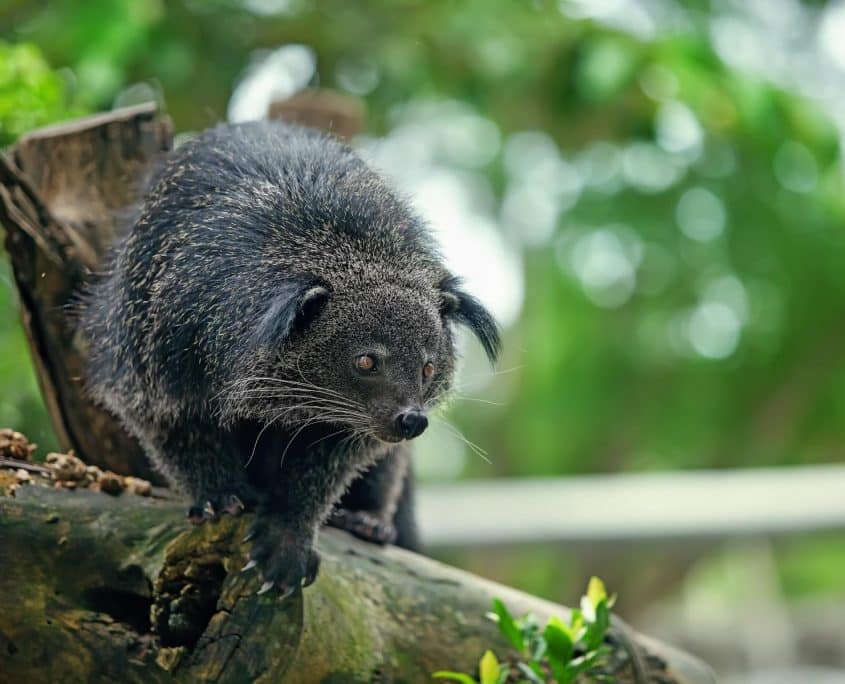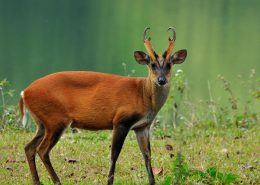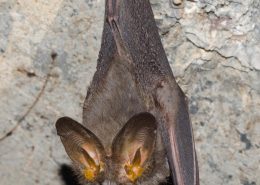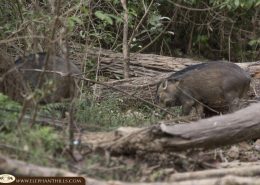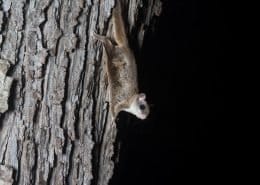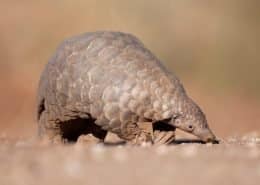| Size: | The tail is nearly as long as the head and body, which ranges from 71 to 84 cm; the tail is 66 to 69 cm long. |
| Weight: | 11 to 32 kg |
| Colouring: | The muzzle is short and pointed, somewhat turned up at the nose, and is covered with bristly brown hairs at the points, which lengthen as they diverge, and form a peculiar radiated circle round the face. The eyes are large, black and prominent. The ears are short, rounded, edged with white, and terminated by tufts of black hair. There are six short rounded incisors in each jaw, two fangs, which are long and sharp, and six molars on each side. The hair on the legs is short and of a yellowish tinge. The feet are five-toed, with large strong claws; the soles are bare, and applied to the ground throughout the whole of their length; the hind ones are longer than the fore. |
Binturong
(Arctictis binturong)
Description:
Binturongs belong to the family of Viverridae, which is commonly referred to as civets. They are cats, but actually look more like bears, hence their second name ‘bearcats’. Their body is long with relatively short legs and their fur consists of thick, black hair. They have a long tail that helps them balance when climbing a tree. On the IUCN red list they are classified as ‘vulnerable’ and they are very shy, which makes it extremely difficult to spot them in the wild. They can be active during the day and also during the night.
Did you know...?
Binturongs are very skilled climbers and are able to climb down a vertical tree without losing their balance.

